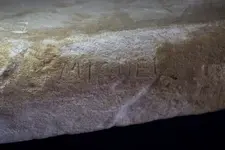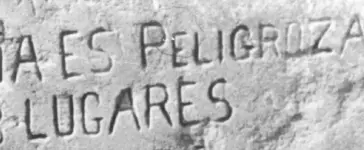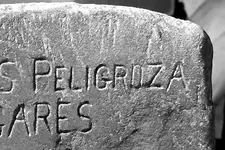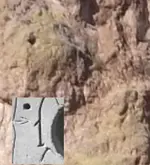somehiker
Silver Member
- Joined
- May 1, 2007
- Messages
- 4,365
- Reaction score
- 6,435
- Golden Thread
- 0
- Primary Interest:
- All Treasure Hunting
For me, this new information puts the large hillside rubble heart on the backside (to which that erect red heart presumably refers to) in a whole new light, especially with the new positioning of SANTAFE.
If it does refer to the area that I think it does, this then becomes a much bigger endeavor than I previously imagined.
AND spread out over a larger area than I had assumed, but my own "back door" theory finally seems to have borne some fruit.
The direct route to the triangle, as shown on the UTS and the red (crimson?) heart does suggest an "up and over and down" path from the "1" to a place presumed to be of some importance. We know that the directional lay of the land is accurately represented by the line to which that triangle points, and that the mound of rubble is located at that position (relative elevation) as well. That the symbol used to "symbolize" Calvary Hill, or "other" small hill, applies very well in this case, as does the positioning and style of the six oval markings on the back of that heart, since only the one side and the point of the pile .....the unbroken, larger piece of the heart.... is composed of or filled with broken rock. That the upright red heart in my photo also has a corresponding "break" is not likely a coincidence IMO. Nor the other lines !
Even though I'm reluctant to place much of my own faith in the two trail stones, given the presentations by RG and the Tumlinsons to date, there are a number of problems with the evidence shared so far, including a couple of wild cards that they apparently are unaware of. But like a good game of Texas Hold Em...... it's the pot that counts and the showdown that delivers it.
Last edited:








